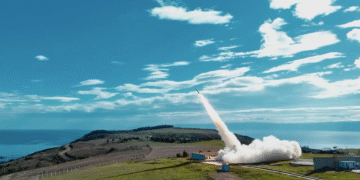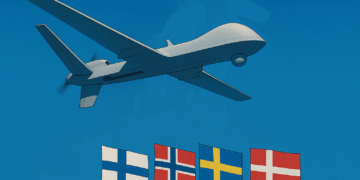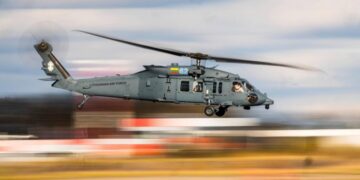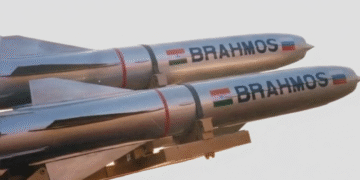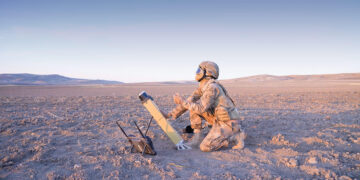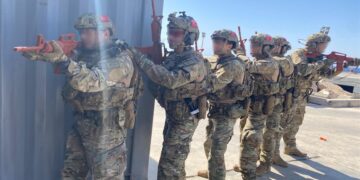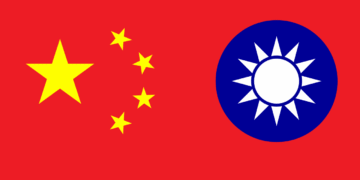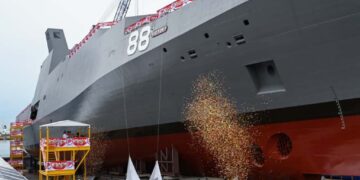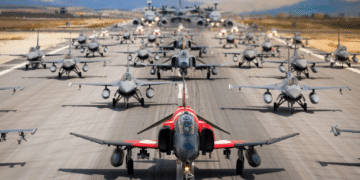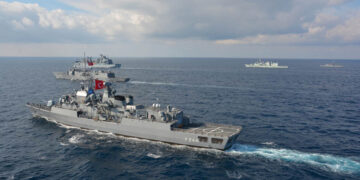“Mechanical civilization has reached the extreme point of barbarity.” These words were written by the Nobel laureate philosopher Albert Camus in a newspaper column on August 8, 1945. They reflect the anxiety humanity felt 80 years ago, when the first atomic bomb was dropped on the city of Hiroshima to “end” the Second World War. While the entire world was under a global shock, the media kept reporting technological and scientific “achievements” one after another. Yet, Camus’s single sentence still primarily summarizes the horror of World War II, caused by industrialization and mechanization.
In fact, after Hitler’s Germany surrendered, the end of World War II with Japan was imminent. The U.S. forces had three options. The first option was the military occupation of Japan, for which all plans had already been prepared. The goal was to first occupy the Kagoshima region and its island in the south, then reach other islands and the capital by 1946. With large resources focused on this point and the maneuver of 2 to 3 million U.S. soldiers, it was assumed that the operation would result in around 500,000 casualties. Japanese losses were projected to be four to five times higher.
The second solution was to end the war diplomatically under softened peace conditions, by allowing Emperor Hirohito, from the Yamato dynasty (since 660 BCE), to remain on the throne. However, this route was completely closed with the Potsdam Conference, which began on July 17, and simultaneously U.S. President Truman’s unconditional surrender demand to Japan, in line with the Allies’ “world division” objectives.
The third solution depended on the success of the Manhattan Project, which cost 2 billion USD (approximately 35.5 billion USD today). The fate of two super (fission) bombs, made of plutonium and uranium-235 (obtained by separating uranium-238 isotopes), formed the basis of this solution. On the morning of the day the Potsdam Conference began, President Truman received news that the first “atomic fission bomb” test had been successful. From this point onward, a new era began: the Atomic Age.
Reflecting on 80 years ago to seek answers to today’s questions may not be entirely accurate, but I share this to suggest that we approach this topic with a detached perspective in today’s global balance, where it is discussed more than ever. After the first atomic bomb was dropped, people believed that wars had become impossible. In 1949, when the former USSR also acquired the atomic bomb, the bipolar Cold War period began.
Countries’ defense principles changed rapidly, and initially the competition was for access to Fission (A) bombs, and after 1952, Fusion (H) bombs. The country possessing the bomb gained superior military, diplomatic, and political power globally. After the Cuban Missile Crisis, many fission weapons—from 203mm howitzer shells to mines—were withdrawn from inventories for tactical use and reconsidered for strategic applications. The five nuclear-armed countries aimed to prevent the proliferation of nuclear weapons and reach a diplomatic agreement to ensure disarmament. To promote peaceful use and fulfill these conditions, the Treaty on the Non-Proliferation of Nuclear Weapons (NPT) was signed in July 1968 and came into force in March 1970. A total of more than 190 countries, including Turkey, signed it; it remains in effect today, with North Korea withdrawing later in 2003.
Today, it is known that nine countries possess nuclear weapons. Aside from the five permanent members of the UN Security Council, India, Pakistan, and North Korea—none of which have signed the NPT—are officially recognized as nuclear-armed countries. Israel is believed to have a limited number of nuclear weapons with French support, though this is not officially acknowledged. Some countries, like Iran, are known to conduct secret programs to develop these weapons. Reaching a fusion bomb is a long and highly expensive process.
The Chinese military currently aims to increase its approximately 300 nuclear (atomic) warheads to 1,000 by 2030 and has already begun steps in that direction. France, on the other hand, is striving to create a “nuclear umbrella” for EU countries. Predicting the future global impact of all these developments is extremely difficult.
Where does NATO stand as a nuclear power?
NATO is primarily a nuclear military and diplomatic force. This does not only mean possessing atomic bombs; it also includes having the capability to deploy these weapons, countermeasures to defend against them, and the ability to operate in radioactive environments. These capabilities form a whole. Regaining these skills, weakened or forgotten for around 30 years, is a priority for NATO.
Investments by NATO member states in this direction are expected to incur high costs in the future. Since few new bases are planned, existing bases and military structures will need to be strengthened or rebuilt. Similar precautions in industrial and civilian areas depend on the political will and resources available. When military vehicles and weapon systems are described as “NATO standard,” this holistic structure and the above capabilities should also be considered within that context.
NATO’s nuclear deterrent force is composed of B61 series aircraft bombs, designed for tactical use and deployed in five known (secret) European countries. In line with this, the procurement of fighter jets like the F-35A to meet new needs has begun quickly and is rapidly taking shape. The ongoing war in Ukraine in the Eurasian region and Russia’s biweekly indirect references to the issue have revived NATO’s preparation processes. After 30 years, costly exercises and simulations have resumed, deficiencies are identified, and preparations are underway.
Reconnaissance, military maneuvering, communication, survival, and decontamination in radioactive environments are becoming partially easier with new technologies. However, food and logistics remain critically important; general education is required for societal preparedness. Some medicines should be procured or produced, and medical teams must be ready for these conditions. Military surgical expertise has become more important than ever, and training specialized medical personnel has become a priority.
It is wrong to perceive nuclear solely as a weapon. In reality, it is a tool that should never be used; if used, it can end global life, leading almost to an apocalypse.
In response to Russia’s verbal provocations, U.S. President Donald Trump’s order to deploy patrols for a nuclear submarine (SSBN) with two ballistic missiles ultimately meant an extra submarine on duty. Yet believe me, an “extra” in military preparedness changes a lot.
The conclusion of the sentence Albert Camus wrote 80 years ago is:
“In the near future, we will have to choose between mass suicide and the intelligent use of scientific advancements.”
You have returned to the summer day of August 6, 1945, when the Atomic Age began…


